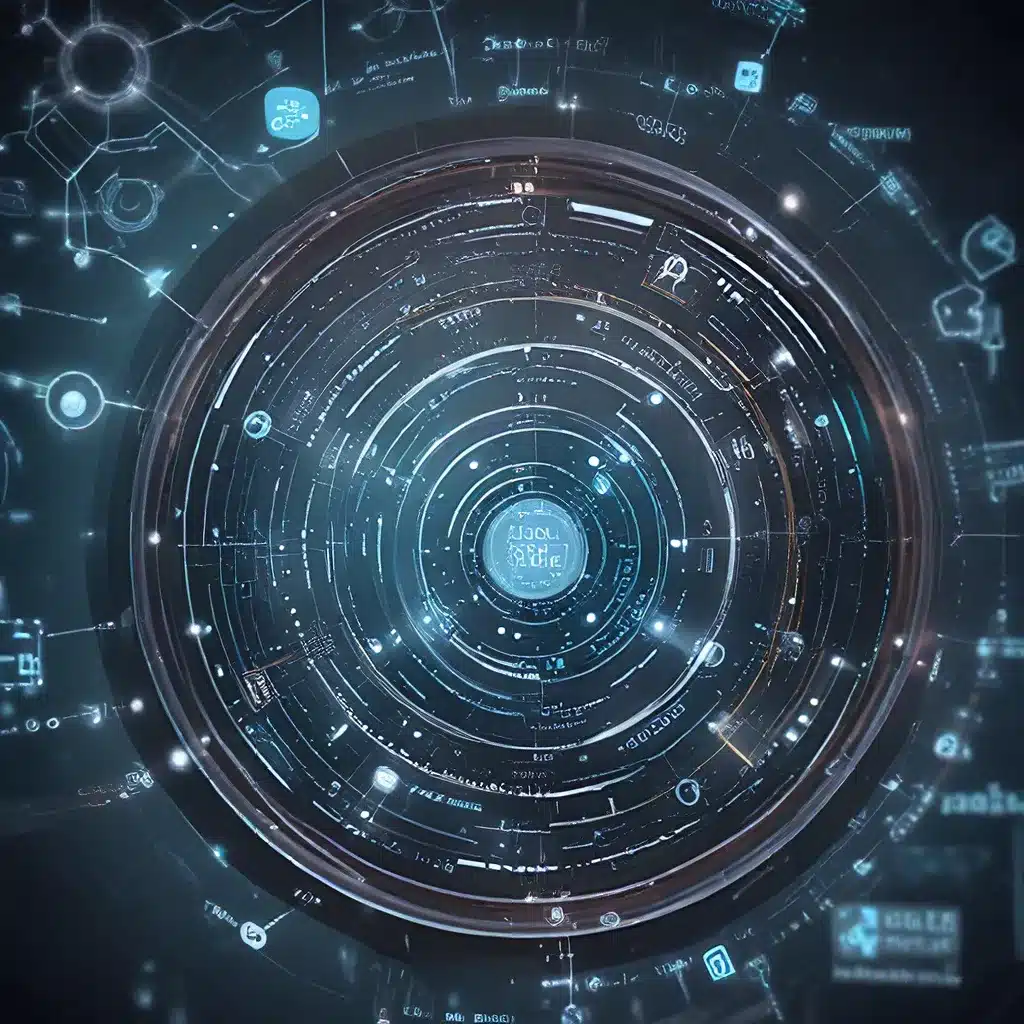
The Rise of the Internet of Things
The Internet of Things (IoT) has been a transformative force in the 21st century, connecting everyday objects to the digital world and enabling seamless communication between people, processes, and things. With over 7 billion connected IoT devices today, this number is expected to grow to 10 billion by 2020 and 22 billion by 2025, making IoT one of the most important technologies of our time.
Oracle’s IoT platform has been at the forefront of this revolution, providing a network of device partners and enabling industries to capitalize on the tremendous business value that IoT can offer. From proactive maintenance and asset tracking to remote patient monitoring and connected logistics, the applications of IoT span across diverse sectors, transforming traditional processes and creating new revenue streams.
Embracing the Industrial IoT
One of the most significant developments in the IoT landscape is the emergence of Industrial IoT (IIoT), which refers to the application of IoT technologies in industrial settings, particularly with respect to instrumentation and control of sensors and devices. IIoT is often referred to as the “fourth wave of the industrial revolution” or “Industry 4.0,” as it enables a new layer of automation and control through machine-to-machine (M2M) communication, cloud technologies, and advanced analytics.
Common use cases for IIoT include real-time equipment monitoring, quality control, asset tracking, and predictive maintenance. By leveraging IoT sensor data and cloud-based analytics, industrial organizations can gain unprecedented visibility into their operations, identify anomalies, and proactively address issues before they escalate, leading to improved efficiency, cost savings, and reduced downtime.
The Challenges of IoT Data Management
While the potential of IoT is undeniable, the sheer volume and complexity of data generated by connected devices pose significant challenges for organizations. As sensors proliferate across various domains, from manufacturing to transportation and healthcare, the amount of data being collected is growing exponentially, creating a need for advanced data management and processing capabilities.
One of the key challenges in the IoT ecosystem is data fusion, the process of integrating data from multiple sources to create a more comprehensive and accurate understanding of the underlying system or environment. Valerann’s data fusion software, Lanternn, demonstrates the power of this approach by combining sensor data, mapping information, and real-time traffic data to provide a unified view of road infrastructure and traffic patterns, enabling more informed decision-making and proactive incident mitigation.
Unlocking Insights Through Data Fusion
Data fusion is a crucial component in unlocking the full potential of IoT, as it allows organizations to synthesize data from diverse sources, overcome the limitations of individual sensors, and gain a holistic understanding of their operations. By fusing data from connected devices, navigation apps, weather sensors, and other sources, IoT systems can provide a more accurate and reliable representation of the real world, enabling better decision-making, predictive analytics, and automated responses.
Data science techniques, such as machine learning and artificial intelligence, play a crucial role in data fusion, allowing IoT systems to identify patterns, detect anomalies, and make intelligent predictions based on the aggregated data. By combining these advanced analytics capabilities with real-time data processing and edge computing, IoT applications can deliver actionable insights and autonomously respond to changing conditions, revolutionizing industries and transforming the way we interact with the physical world.
Overcoming IoT Security Challenges
As the IoT landscape continues to evolve, security remains a critical concern, as connected devices can be vulnerable to cyber threats and unauthorized access. Ensuring the security and privacy of IoT systems is paramount, as the consequences of a breach can be far-reaching, affecting not only individual users but also entire industries and critical infrastructure.
To address these security challenges, IoT stakeholders must adopt a multi-layered approach, incorporating robust authentication mechanisms, end-to-end encryption, and secure firmware updates. Additionally, incorporating edge computing and distributed processing capabilities can help mitigate the risks associated with centralized data storage and processing, reducing the attack surface and improving the overall resilience of IoT systems.
Towards Energy-Efficient IoT Designs
Another significant challenge in the IoT ecosystem is energy management, as many connected devices are required to operate in remote or resource-constrained environments, often with limited access to reliable power sources. Designing energy-efficient IoT systems is crucial to ensure long-term sustainability and minimize the environmental impact of these technologies.
Strategies such as low-power sensor networks, energy-harvesting techniques, and advanced power management algorithms can help IoT devices optimize their energy consumption, allowing them to operate for extended periods without the need for frequent battery replacements or recharging. By integrating these energy-efficient design principles, IoT solutions can become more sustainable and scalable, paving the way for widespread adoption across a variety of applications.
The Future of Sensor Networks and IoT
As the Internet of Things continues to evolve, the role of sensor networks and data fusion will become increasingly crucial in unlocking the full potential of these technologies. By harnessing the power of connected devices, advanced analytics, and secure, energy-efficient designs, organizations across industries can transform their operations, enhance customer experiences, and drive innovation in the years to come.
Sensor-Networks.org is at the forefront of this transformation, providing a comprehensive platform for professionals, researchers, and enthusiasts to explore the latest advancements in sensor network design, IoT applications, and related technologies. With a wealth of resources, expert insights, and a vibrant community, the website is a valuable resource for those seeking to stay ahead of the curve in the ever-evolving world of IoT.